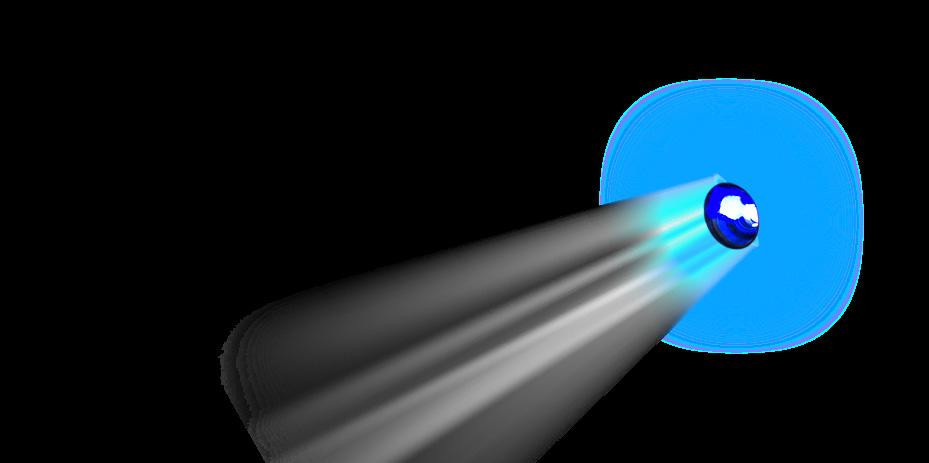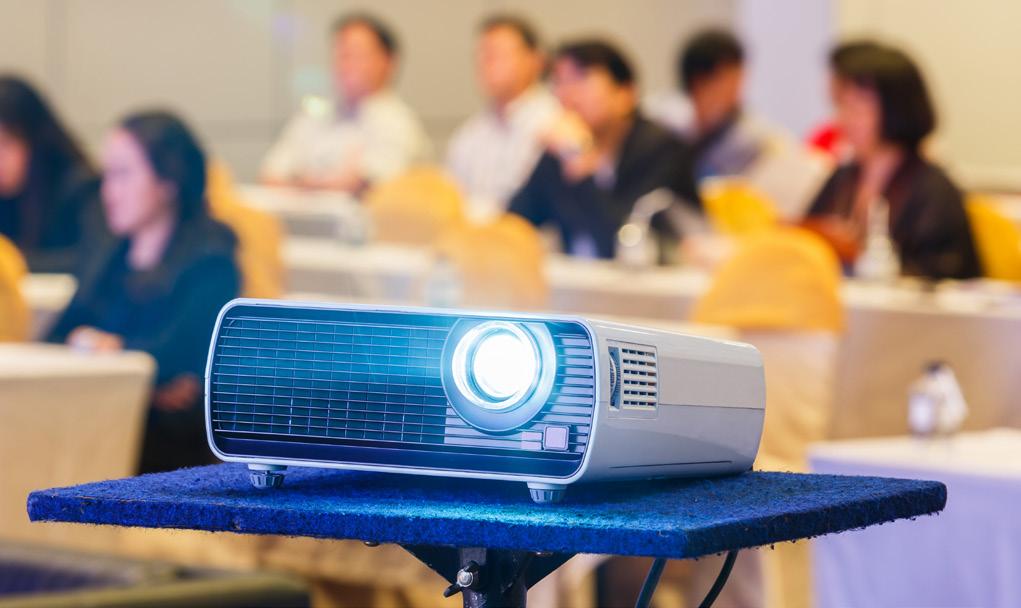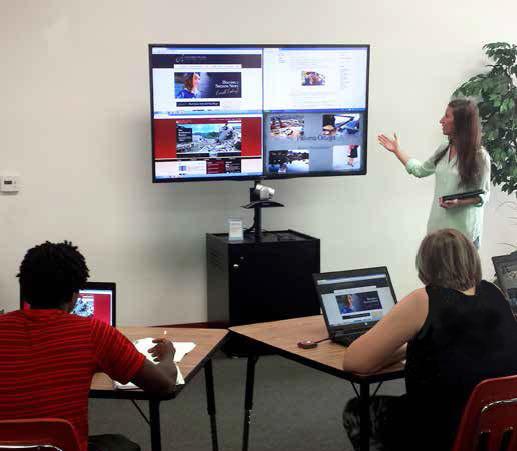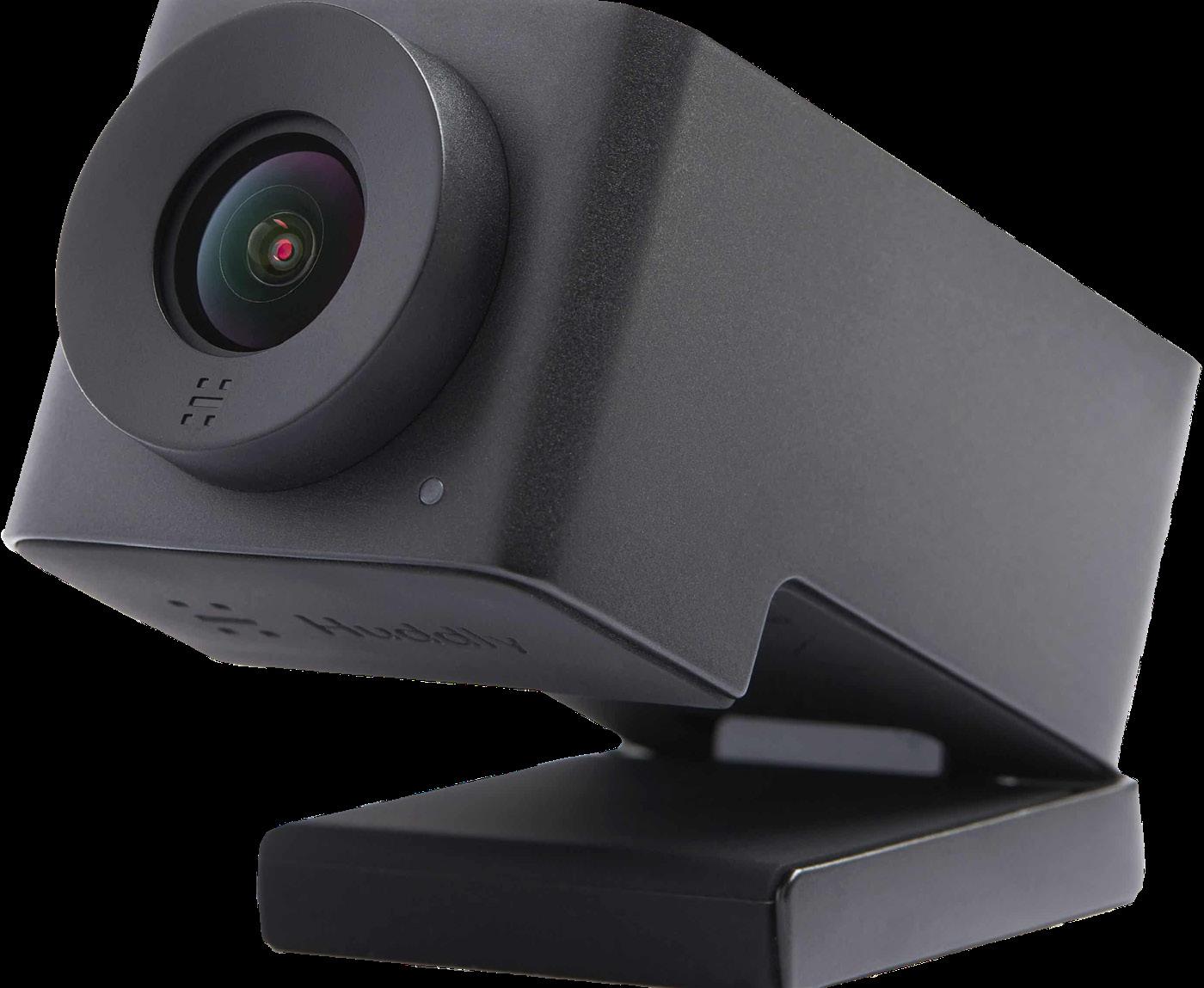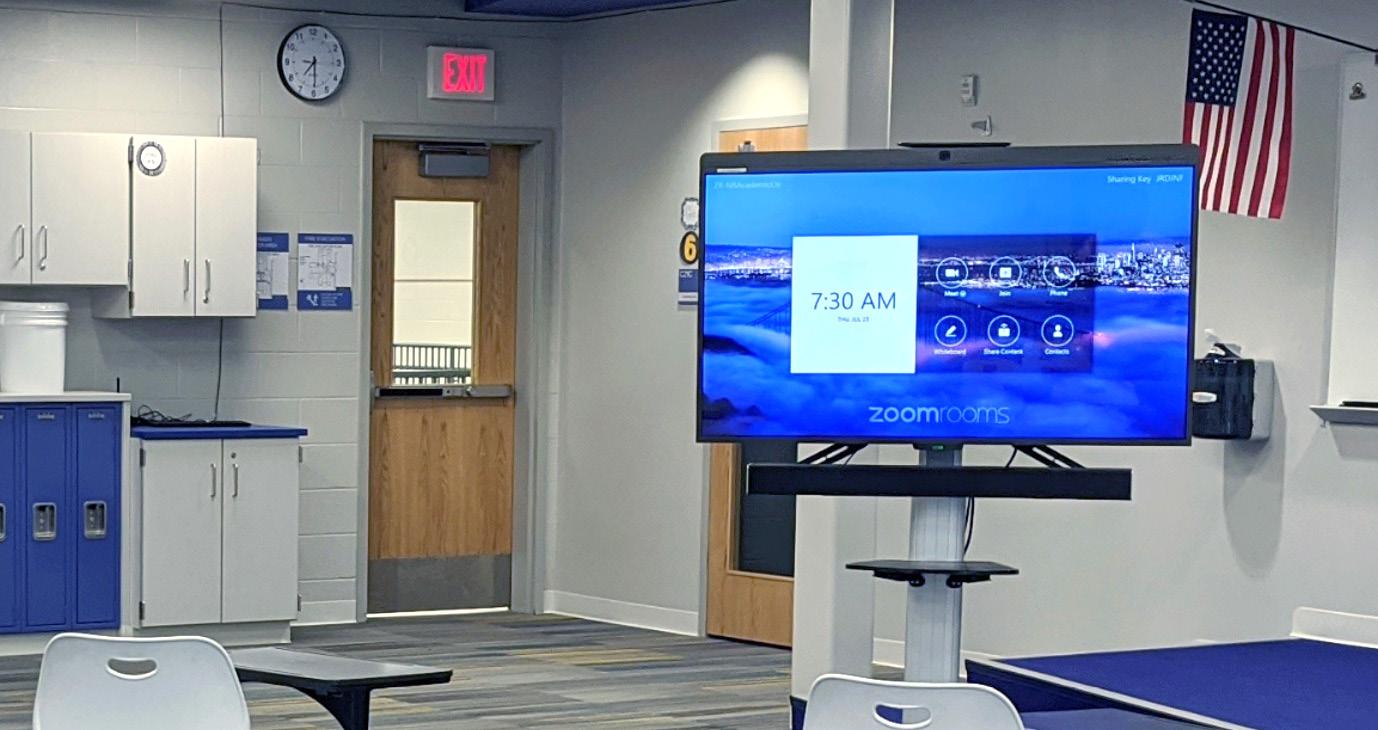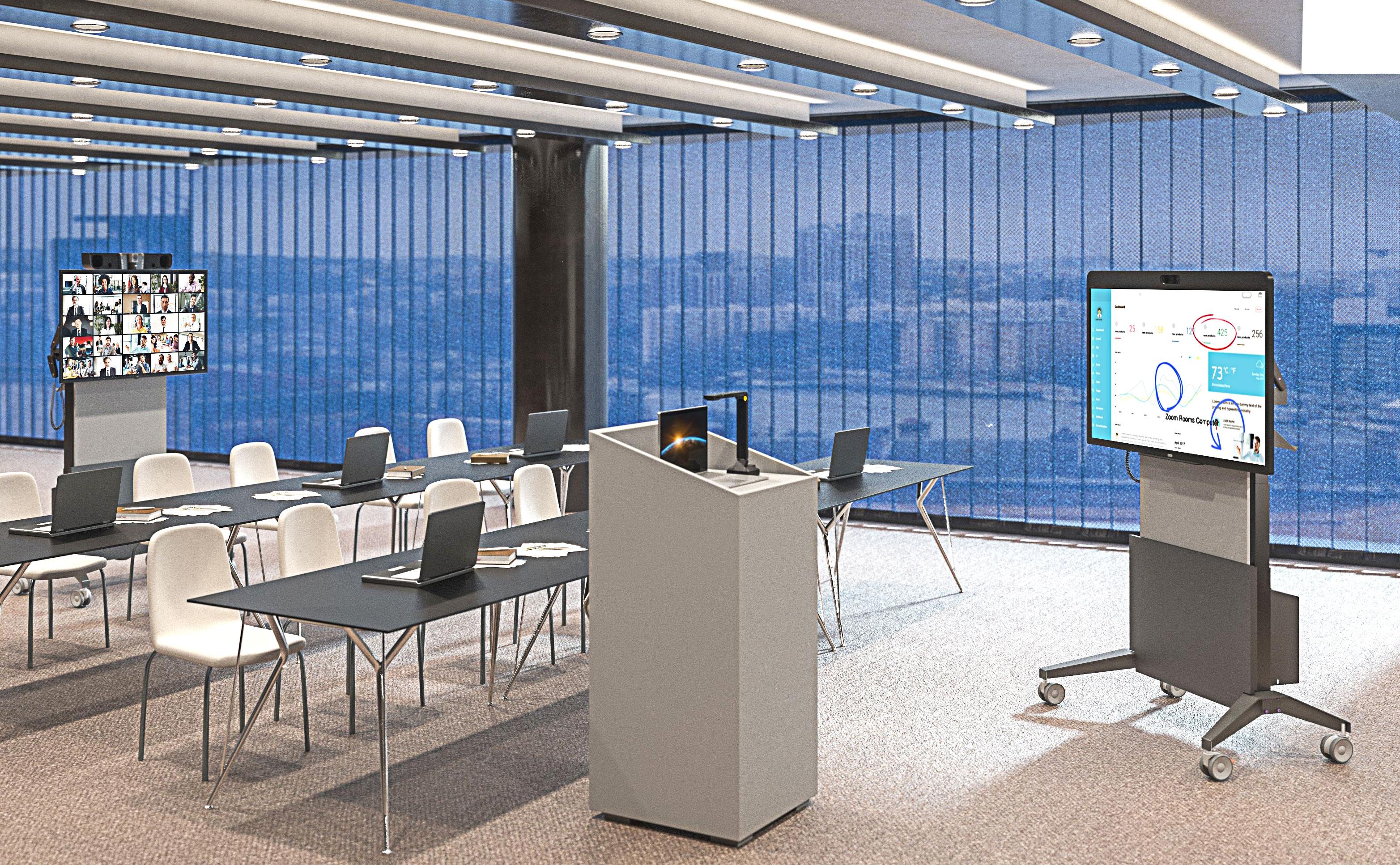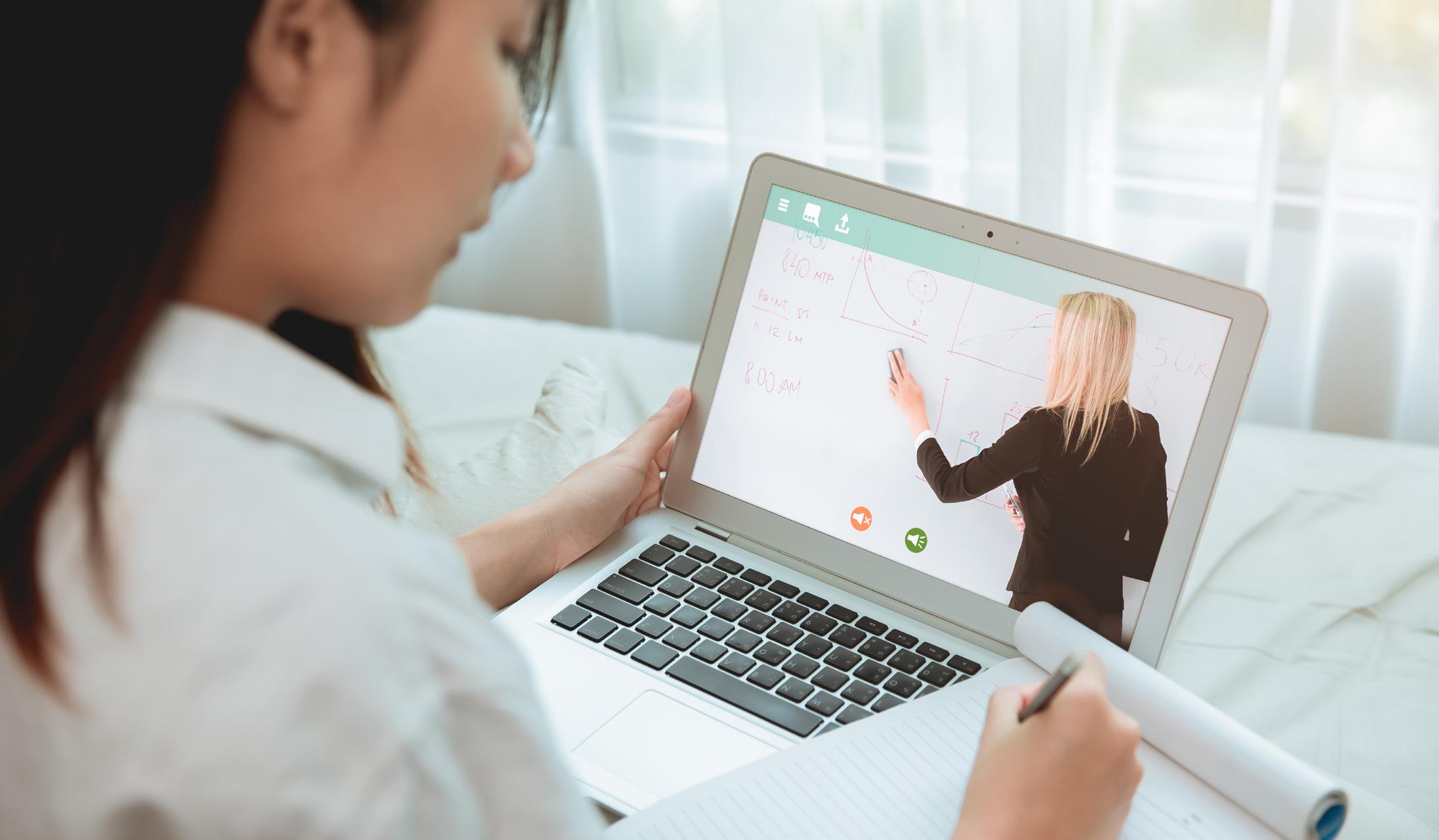Selecting the Right Projector for Your Auditorium or Classroom By Clay Stahlka, CTS-D
When we consider any video projection system the most important order of business is to determine the image brightness that is required in the space. In an auditorium, we are usually working in what we call a "controlled lighting" environment. This means that the ambient light in that space can be fully controlled. There are seldom windows that let in sunshine, and there are usually dimmable overhead and stage lights. This makes our job easy.
required, so bear with me. If your reading is in foot candles, multiply that number by 3.14 (pi) to get foot lamberts. Then, multiply that number by the area of the screen in feet. FL x screen area (sq feet) = lumens required. Let's say I measured 28 FC in the classroom. I multiply that by 3.14 to get roughly 88 FL. If they don't already have a screen, measure the distance from the farthest student to the screen location and multiply that distance by 0.166. This gives you the required height of your screen. Let's say the distance from the screen location to the farthest student is 30-feet. 30 x 0.166 = 5 feet. If I am specifying a 16:9 screen, that means I need about a 120" diagonal screen. A 16:10 format screen in that room needs to be about 115" diagonal. There are plenty of online calculators to use for screen size calculations.
In classrooms, the ambient lighting is almost never controlled. There are almost always plenty of exterior windows to let the sunshine in, and there are bright overhead lights that cannot be dimmed, although they can sometimes be partially turned off in banks. This makes our job much more difficult. The key to getting this right is to take an actual measurement of the ambient light in a room. You do not need a professional light meter to do this anymore. Today, we can use our smart phone and an app to get a reasonable reading. You'll want to get a reading in foot candles (FC) or better yet, foot lamberts (FL). I use an app called "Light Meter". Once we have that reading, we can easily determine what the proper projector brightness needs to be. There is a little math 37 |
Next, we'll calculate the area of this screen by multiplying the height by the width in feet. Our 16:9 screen in the example would be roughly 5-feet by 9-feet. 5 x 9 = 45 square feet. Go back to the formula FL x screen area (sq feet) = lumens required. In our case, we found the room was 88 FL which we'll multiply by the area of 45 sq ft. 88 x 45 = 3960 lumens. Now you know that for best viewing in this classroom, you'll need a 4000 lumens projector. In the auditorium, or any theater-type environment with controlled lighting you typically plan on using 17 FL as your ideal lighting conditions. However, it's always a good idea to take a measurement in the normally operating conditions to be sure.


